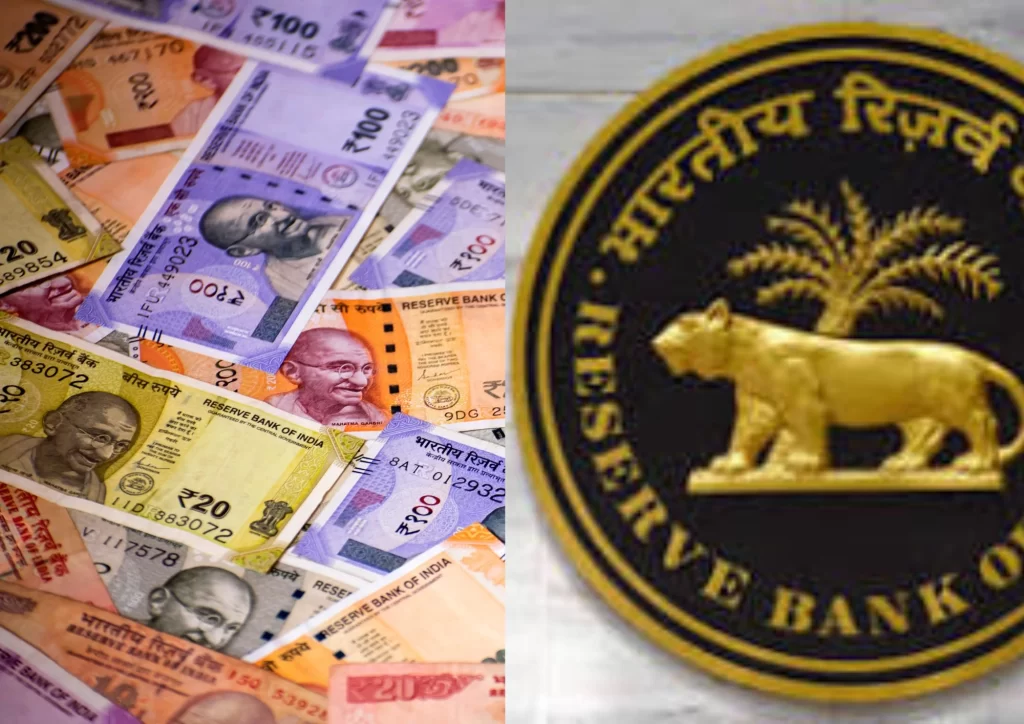Policy shift emphasizes economic expansion amid moderating inflation
For the first time in nearly five years, the Reserve Bank of India’s (RBI) Monetary Policy Committee (MPC) has reduced the benchmark repo rate, cutting it from 6.50% to 6.25%. This unanimous decision signals a significant shift in policy direction, prioritizing economic growth even as inflation remains above the central bank’s target. The move follows a period of cautious monetary policy, where the MPC previously held rates steady with a split vote of 4:2 in its last bi-monthly review.
The policy adjustment comes at a time when India’s economic growth is showing signs of strain. GDP expansion for the second quarter slowed to 5.4%, prompting concerns about stagnation. While inflation has eased from its 15-month high of 6.2% in October to 5.2% in December, it remains above the RBI’s ideal 4% target. With growth projections for 2024-25 dipping to a four-year low of 6.4%, the central bank has chosen to support economic activity rather than maintain its rigid focus on inflation control.
RBI Governor Sanjay Malhotra, in his first monetary policy review, cited global economic uncertainties as a key factor influencing the rate cut. He pointed to stalled disinflation trends worldwide, reduced expectations of rate cuts in the U.S., and a stronger dollar affecting emerging markets like India. The rupee’s volatility, coupled with these international headwinds, has made balancing inflation and growth a complex challenge for the central bank.
Despite current inflation levels, the MPC believes that price pressures will subside further in the coming fiscal year. Projections indicate that inflation will average 4.2% in 2025-26, down from 4.8% this year. This forecast is based on assumptions of a stable food supply, a normal monsoon, and strong agricultural output, particularly in key vegetables such as tomatoes, onions, and potatoes, which have historically driven price fluctuations.
While inflation remains a factor in monetary policy decisions, weak economic growth has become the more pressing concern. The second-quarter slowdown and limited signs of recovery suggest that consumer spending and private investment need additional support. By cutting interest rates, the RBI aims to encourage borrowing and investment, stimulating demand across sectors.
This policy shift also indicates a closer alignment between the RBI and the government’s fiscal strategy. The central bank appears to be responding to calls for coordinated monetary and fiscal measures rather than operating in isolation. With the Union Budget recently unveiling stimulus measures, the interest rate reduction could complement these efforts by making credit more affordable and boosting consumption.
Had the MPC met a week later, it might have had further justification for the rate cut, as inflation in January is expected to have cooled to approximately 4.5%. This raises questions about whether the committee’s review schedule could be adjusted to better incorporate the latest economic data. A more flexible approach to timing these reviews might enhance the RBI’s ability to make policy decisions based on real-time indicators.
The coming months will determine whether the combination of fiscal stimulus and monetary easing translates into a tangible economic revival. While businesses and consumers may benefit from lower borrowing costs, uncertainties remain about how quickly investment and consumption will pick up. For now, the RBI’s policy pivot underscores its commitment to sustaining growth amid a challenging economic landscape.





